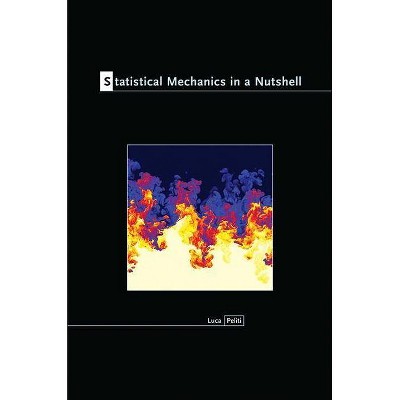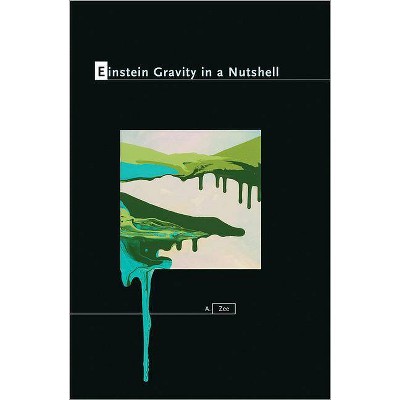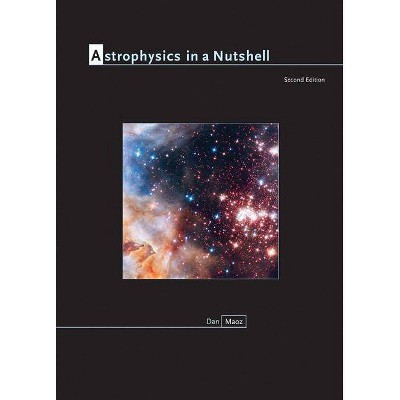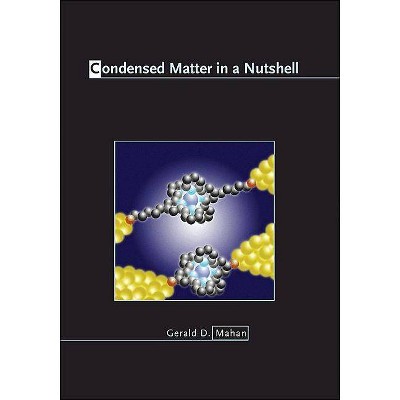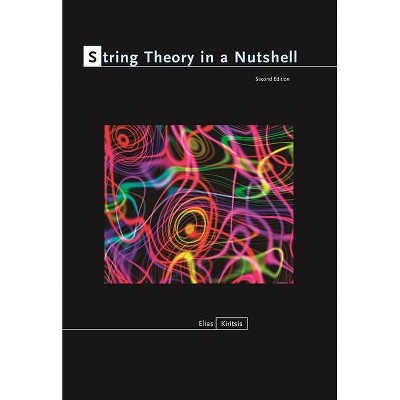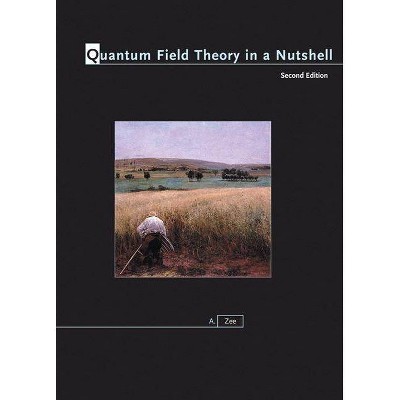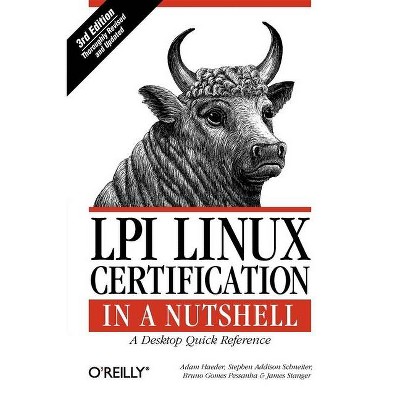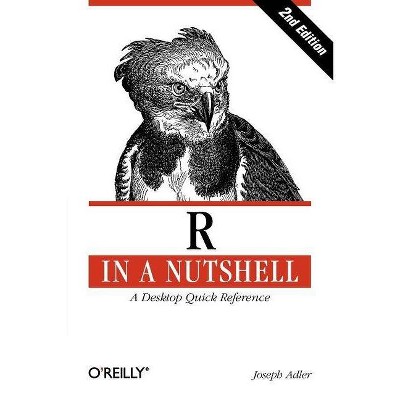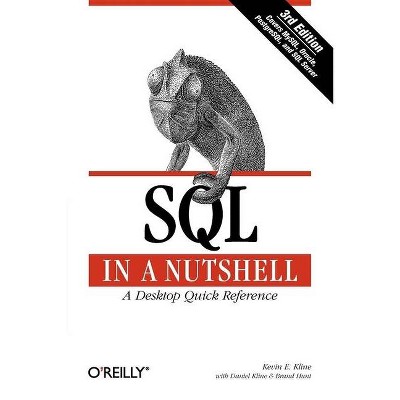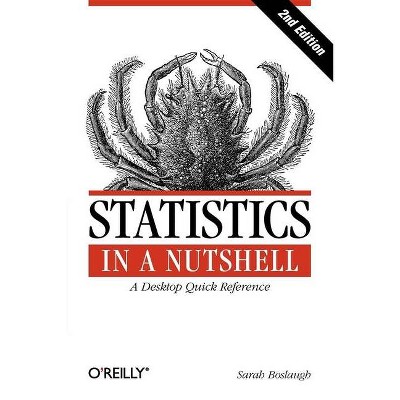Elementary Particle Physics in a Nutshell - (In a Nutshell) by Christopher G Tully (Hardcover)
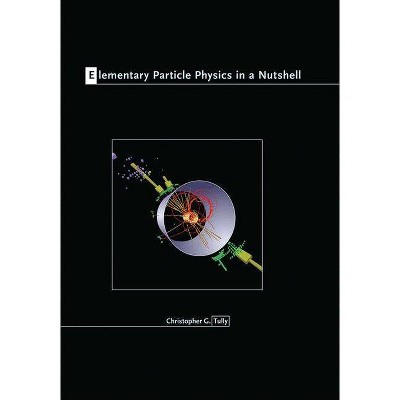
Similar Products
Products of same category from the store
AllProduct info
<p/><br></br><p><b> Book Synopsis </b></p></br></br><p><b>An introduction to high-energy physics that prepares students to understand the experimental frontier</b> <p/>The new experiments underway at the Large Hadron Collider at CERN in Switzerland may significantly change our understanding of elementary particle physics and, indeed, the universe. This textbook provides a cutting-edge introduction to the field, preparing first-year graduate students and advanced undergraduates to understand and work in LHC physics at the dawn of what promises to be an era of experimental and theoretical breakthroughs. <p/>Christopher Tully, an active participant in the work at the LHC, explains some of the most recent experiments in the field. But this book, which emerged from a course at Princeton University, also provides a comprehensive understanding of the subject. It explains every elementary particle physics process--whether it concerns nonaccelerator experiments, particle astrophysics, or the description of the early universe--as a gauge interaction coupled to the known building blocks of matter. Designed for a one-semester course that is complementary to a course in quantum field theory, the book gives special attention to high-energy collider physics, and includes a detailed discussion of the state of the search for the Higgs boson.</p><ul><li>Introduces elementary particle processes relevant to astrophysics, collider physics, and the physics of the early universe</li><li>Covers experimental methods, detectors, and measurements</li><li>Features a detailed discussion of the Higgs boson search</li><li>Includes many challenging exercises</li></ul><p>Professors: A supplementary Instructor's Manual which provides solutions for Chapters 1-3 of the textbook, is available as a PDF. It is restricted to teachers using the text in courses. To obtain a copy, please email your request to: Ingrid_Gnerlich at press.princeton.edu.</p><p/><br></br><p><b> From the Back Cover </b></p></br></br><p>"This is a remarkable book in its breadth and depth, with many beautiful and useful things in it. It provides a very timely introduction to the physics of the LHC era with clarity and sophistication."<b>--Henry J. Frisch, University of Chicago</b></p><p>"Tully's book provides a new perspective on elementary particle physics as the era of the LHC begins. <i>Elementary Particle Physics in a Nutshell</i> gives the starting student or seasoned practitioner the substance and style of LHC physics while also giving the development of the Standard Model its due. The author has been painstaking in the exposition of paradoxes that are not normally discussed in texts at this level. A superb book."<b>--Peter Fisher, Massachusetts Institute of Technology</b></p><p/><br></br><p><b> Review Quotes </b></p></br></br><br>[T]he book is a valuable and important addition to libraries, personal and institutional. It would serve as an excellent textbook to students taking up research in elementary particle physics and also as a reference volume.<b>---B. Ananthanarayan, <i>Current Science</i></b><br><p/><br></br><p><b> About the Author </b></p></br></br><b>Christopher G. Tully</b> is professor of physics at Princeton University. A leading expert in the Standard Model Higgs boson search, he has made major contributions to high-energy collider programs at CERN and Fermilab.
Price History
Price Archive shows prices from various stores, lets you see history and find the cheapest. There is no actual sale on the website. For all support, inquiry and suggestion messages communication@pricearchive.us
